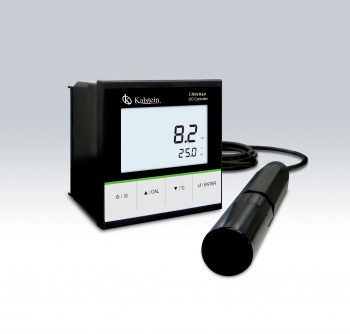Dissolved Oxygen (DO) is the measure of the amount of oxygen that is distributed in a system. Measurements are generally taken in water using a DO probe and meter. When performing dissolved oxygen measurements in the laboratory or in the field, it should be considered which type of DO technology is most suitable to employ.
The measurement of dissolved oxygen is essential in fermentation and in cell culture to guarantee optimal conditions for the cell, since low levels of oxygen concentration can affect growth rate, nutrient absorption, cell morphology and synthesis of metabolism; that is equivalent to a decrease in the quality of the final product. This in the field of pharmacology
For electrochemical sensors, a thin, permeable membrane isolates the sensor elements from water. The oxygen that passes through the membrane is reduced creating a current that the meter converts into a measurement of oxygen concentration.
What Kind of Dissolved Oxygen Meter Should I Choose?
Optical OD technology
Advantages
- No waiting time required before measurement (polarization of polarographic sensors).
- Does not require a minimum flow, so there is less drift in your readings.
- It is not consumable, so it is not necessary to provide a continuous sample flow / agitation, as in the case of the electrochemical sensor.
- Requires no membrane or fill solution, reducing maintenance costs over the life of the probe.
Disadvantages
- Higher initial investment than in traditional electrochemical sensors.
- Response time may be slower.
To know the correct measurement method, the required maintenance, costs and the measurement process must be considered.
At Kalstein we are MANUFACTURERS and we offer you a new dissolved oxygen meter at the best PRICE on the market. Visit us at: HERE

